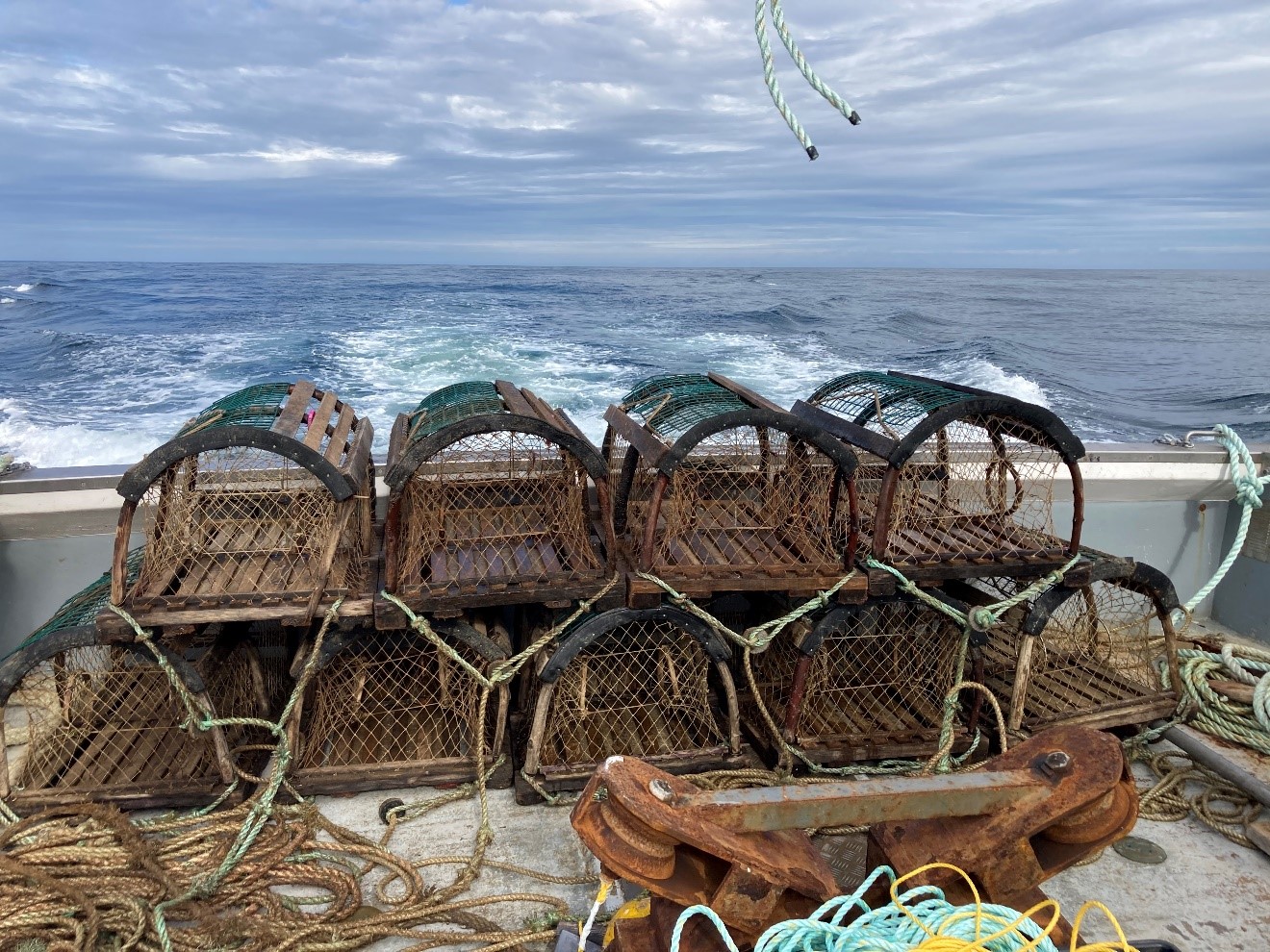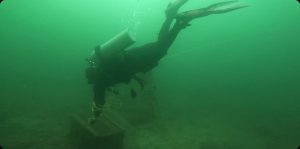
The ZIP Committee catches nearly 3 tons of gear around the Islands
58 lobster traps, 480 meters of rope, wire mesh and miscellaneous waste: in the end, the ZIP Committee removed approximately 3 tons of lost fishing gear from the water between July and September.
This is comparable to the harvest in 2021, when 3.7 tonnes were recovered in about ten trips.
The project manager, Émie Audet-Gilbert, reminds us that the team uses the declarations of lost gear transmitted by the federal government and information from fishermen to locate the equipment.
She indicates that modifications were made to the underwater camera used for tracking in order to better protect the device without obstructing the view.
Once the location of the gear has been determined, it is brought back on board the boat by divers and returned to its owner if it is in good condition, otherwise it is dismantled and/or repaired.
Once the position of the equipment has been determined, the divers go to the bottom.

Une fois la position de l’équipement déterminée, les plongeurs se rendent au fond l’eau (crédit photo: Comité ZIP)
Émie Audet-Gilbert mentions that the search area was extended from L’Étang-du-Nord to Grosse-Île to Île Brion, passing by the Cheval Blanc, Newhall and Colombines reefs, among others.
She reports that the team also conducted data collection to determine the impact of ghost fishing on lobster.
87 specimens were released in 2022, the vast majority of which were commercial size, she notes.
The team measured ghost catches recovered from inside the lost cages
The ZIP Committee is currently awaiting a response to a request for federal funding to resume its bottom cleaning after the 2023 fishing season.
The project is conducted in partnership with Merinov, local fishermen’s associations and Magdalen Islands captains (Mario Poirier with the P’tite Baie, Normand Deraspe with the Simon Julie and Roberto Bourgeois with Trésors du Golfe).
Approximately $200,000 per year has been allocated to the initiative through the Canadian Ghost Gear Fund.





